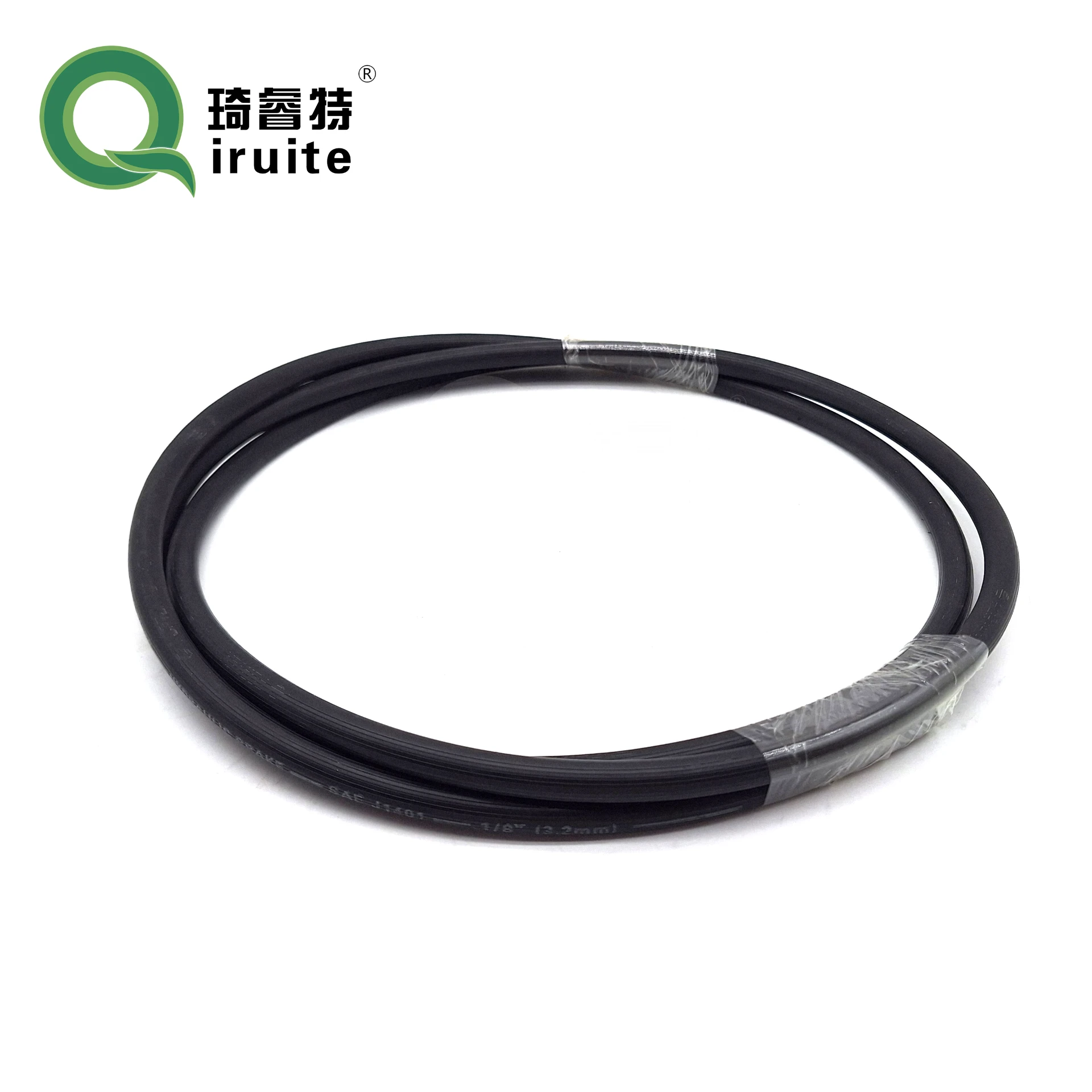coupling for pipe joint
Understanding Coupling for Pipe Joints
In the realm of plumbing and piping systems, understanding the intricacies of pipe joints is essential for ensuring the integrity and functionality of these systems. One of the critical components used to connect different segments of piping is the coupling. This article delves into the importance of couplings in pipe joints, exploring their types, applications, and the considerations for selecting the right coupling.
What are Couplings?
A coupling is a device used to connect two pieces of pipe. It allows for the smooth transfer of fluids and gases while providing a tight seal that prevents leaks. Couplings can come in various forms, including threaded, flanged, and welded types, each designed for specific applications and material types. The choice of coupling can significantly influence the efficiency and safety of the piping system.
Types of Couplings
1. Threaded Couplings These are used in low-pressure applications and are attached by screwing the ends of the pipes into the coupling. They are easy to install and remove, making them suitable for maintenance and repairs. However, they are not recommended for high-pressure systems.
2. Flanged Couplings Flanged couplings consist of two flanges, which are bolted together to create a secure connection. This type is often used in larger diameter pipes and high-pressure applications. They allow for easy disassembly, making them ideal for systems that require regular maintenance.
3. Welded Couplings These are used in high-pressure or critical applications where leaks are unacceptable. The pipes are welded to the coupling, creating a permanent connection that is strong and reliable. However, installation requires specialized skills and equipment.
4. Compression Couplings These couplings use a compression mechanism to seal the joint tightly. They are often used in plastic piping systems and can accommodate slight misalignments, which makes them versatile for various applications.
coupling for pipe joint

Applications and Considerations
The application of couplings is widespread across industries, from residential plumbing to large-scale industrial processes. Selecting the appropriate coupling is crucial, as it impacts the system's overall performance, efficiency, and safety. Factors to consider include
- Material Compatibility The coupling material should match the pipe materials to prevent any chemical reactions that could lead to deterioration
.- Pressure Rating Each coupling has a specific pressure rating that must be adhered to. Exceeding this rating can result in catastrophic failures.
- Temperature Range Different materials can withstand varying temperature ranges. Ensuring the coupling can handle the system’s temperature is essential for longevity and performance.
- Installation Method The installation process of each type of coupling will vary. Contractors must be skilled in the specific method required for the selected coupling to ensure a secure and leak-proof installation.
Conclusion
Couplings are a foundational component in the design and maintenance of piping systems. Their variety allows for versatile applications across different industries, but careful consideration must be taken when selecting the right type. Understanding the features and limitations of each coupling type is critical for achieving a safe, efficient, and durable piping system. Whether in residential settings or complex industrial applications, the choice of coupling can have significant implications for performance and safety. Properly installed and maintained couplings not only enhance system reliability but also contribute to the longevity of the entire piping infrastructure, reducing the need for costly repairs and replacements in the future.
-
Ultimate Spiral Protection for Hoses & CablesNewsJun.26,2025
-
The Ultimate Quick-Connect Solutions for Every NeedNewsJun.26,2025
-
SAE J1401 Brake Hose: Reliable Choice for Safe BrakingNewsJun.26,2025
-
Reliable J2064 A/C Hoses for Real-World Cooling NeedsNewsJun.26,2025
-
Heavy-Duty Sewer Jetting Hoses Built to LastNewsJun.26,2025
-
Fix Power Steering Tube Leaks Fast – Durable & Affordable SolutionNewsJun.26,2025

